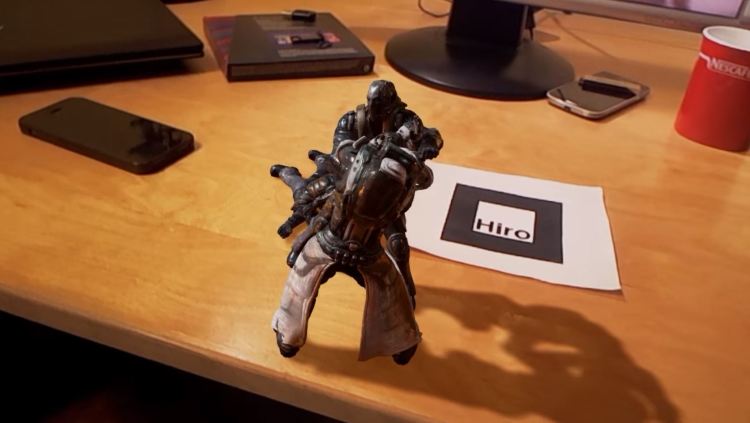The future isn’t only virtual — it’s also augmented.
Epic Games — the studio responsible for the Unreal Engine game-making tools — has released a video of how its technology can power incredible demonstrations of augmented-reality. The company published a fight scene that has three digital character duking it out in real time on a physical desk. This is mixing the actual world with video game characters, and these two realms are interacting with one another. Unreal is so aware of the surroundings that it is even capable of casting accurate, digital shadows onto a solid real-world surface. This isn’t available for you to mess around with yet, but the developer of the scene — Ádám Horváth — did show how he was viewing it through a Samsung S4 Mini smartphone to give you an idea of how this works.
It’s an impressive display, and you should watch it for yourself:
This kind of augmented reality is what you get when you put a smartphone or tablet in front of your face or HoloLens/Magic Leap-style headset over your eyes. The digital screen either passes through a real world camera feed with a digital overlay on top, or — in the case of HoloLens and MagicLeap, the screen is transparent. And it can display digital information and characters on top of that see-through window.
You can probably already imagine a dozen ideas for this kind of tech. Imagine a fighting game that takes place on a coffee table in your living room. Or how about an all-digital table-top game? For developers, seeing that Unreal can do something like real-time shadows — it might give them the confidence they need to start pursuing these far-out ideas even if AR is still several years away from reaching consumers.
VentureBeat's mission is to be a digital town square for technical decision-makers to gain knowledge about transformative enterprise technology and transact. Learn More

